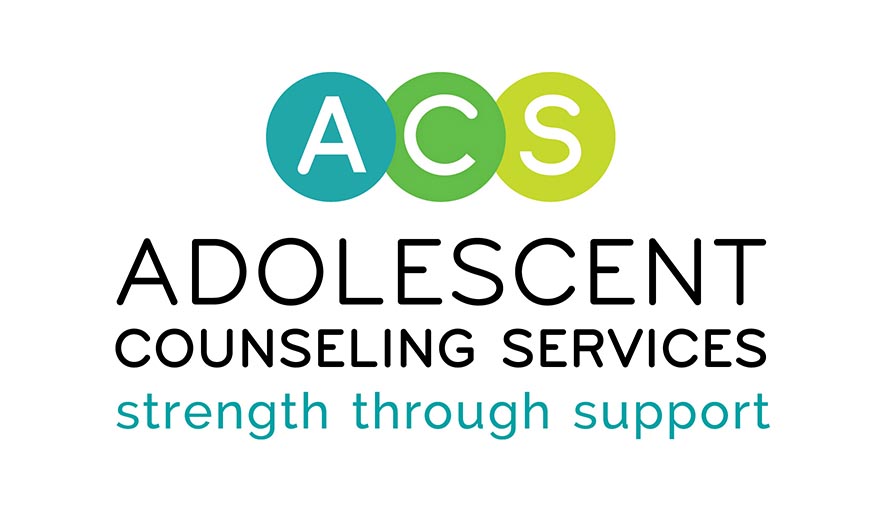Is the Change in Weather Making You Feel SAD?
By: Christine Miller, ACS Clinical Intern, Community Counseling Program and Adolescent Substance Abuse Treatment Program
Have you ever noticed that your friends, family, children, or even yourself, feel “down” when the days grow shorter and the weather becomes colder? Maybe you feel irritable, sad, experience a change in appetite or sleeping patterns, or have lower energy when the seasons change. If any of this sounds familiar, the cause could be Seasonal Affective Disorder (SAD). According to Mayo Clinic, Seasonal Affective Disorder is “a type of depression that’s related to changes in seasons.” Most of the time people who suffer from SAD experience these symptoms when the weather changes from fall to winter, however, it is also possible to experience SAD during the spring and summer months. According to the U.S. National Library of Medicine, people experience SAD when their bodies are not receiving enough natural sunlight. Also, changes in people’s circadian rhythm and a decrease in the serotonin and/or melatonin levels can cause Seasonal Affective Disorder.
What Should You Look For If You Think Someone You Know May Be Suffering From SAD?
There are a few signs and symptoms that people with SAD may experience. In respect to having SAD during the fall and winter months, people may experience difficulty getting along with other people, irritability, changes in appetite and/or sleep patterns, feeling more sensitive to feeling rejected by others, low energy, or a sense of heaviness in the extremities. Throughout the spring and summer months, people with SAD may experience insomnia, depression, anxiety, weight loss, agitation, and a decrease in appetite.
What Can You Do If You Think Someone You Know May Be Suffering From SAD?
Talking to your children and teens about how they are feeling throughout the year is extremely important. It is possible that teachers, friends, and parents may notice changes in their teen’s behavior, sleep and/or appetite patterns, irritability, or energy level before the teen themselves realize any changes. Encouraging open communication with your children and adolescents will create an environment where these kids and teens will feel more comfortable talking to their parents and adults about their thoughts and feelings throughout the year.
Light therapy can also help decrease the symptoms of SAD. Light therapy is given through the use of a specifically designed light box or a light panel. For people suffering from SAD, these devices can simulate natural sunlight and help the symptoms of SAD dissipate. Most often sitting in front of this light box for 45 minutes in the morning can help reduce the symptoms of SAD. Please note, that a doctor should recommend and supervise this type of treatment at all times.
Another treatment possibility is psychotherapy with a licensed therapist. This option can allow people to explore their negative feelings, their experiences with depression, and gain more education around SAD. If one is experiencing symptoms and therapeutic techniques are not helping, sometimes antidepressant medications can help relieve some of the symptoms of Seasonal Affective Disorder. However, especially for teens, this should be a last resort after trying other solutions. Parents and teens should discuss this option with a licensed psychiatrist and disclose with the psychiatrist any other medication that is being taken.
It is also important for parents and teachers to provide support to children and teens that are suffering from Seasonal Affective Disorder. Activities such as going outside to increase the amount of natural sunlight received, encouraging healthy eating, and comforting teens and children when they feel down are extremely important for people suffering from SAD. Take an active and supportive role in your child or students’ lives when they are experiencing symptoms of SAD.
For more information on SAD and how to talk with your family, here are two resources to check out:
- http://www2.nami.org/factsheets/SAD_factsheet.pdf
- http://kidshealth.org/teen/your_mind/mental_health/sad.html
References:
Mayo Clinic. Seasonal affective disorder. http://www.mayoclinic.org/diseases-conditions/seasonal-affective-disorder/basics/definition/con-20021047
U.S. National Library of Medicine (2014). Seasonal affective disorder. https://www.nlm.nih.gov/medlineplus/seasonalaffectivedisorder.html
Reviewed by D’Arcy Lyness, PhD (May 2013). Seasonal affective disorder. http://kidshealth.org/teen/your_mind/mental_health/sad.html#
Healthy Children Magazine (Winter, 2008). Winter blues- Seasonal affective disorder and depression. https://www.healthychildren.org/English/health-issues/conditions/emotional-problems/Pages/Winter-Blues-Seasonal-Affective-Disorder-and-Depression.aspx
